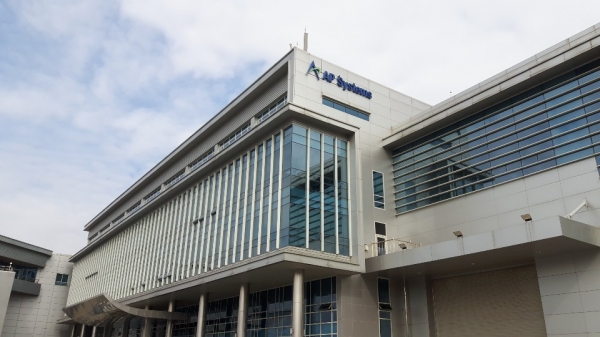For use in AR and VR

Image: APS Holdings
APS Holdings said on Monday that it has been named by the South Korean government to lead a project to develop MicroOLED display for use in augmented reality (AR).
APS and others in the project will aim to develop a 4,000ppi AR glass prototype by 2024.
AR glasses are usually used outdoors. This means the displays used for them must have high luminance for outdoor visibility.
For VR, making the displays lighter and thinner are the challenge.
Most current AR and VR devices have a white OLED and color filter atop the silicon substrate.
Because of the required color filter, high luminance has been difficult to achieve.
APS Holdings said it believes RGB OLED, where there is no white pixel or a color filter, will be needed for high luminance AR and VR devices.
RGB OLED offers high luminance, lower power consumption, low heat and fast response time, the company said.
However, the fine metal mask (FMM) needed for OLED deposition has been difficult to make so far, APS said.
FMM is a mask used in the production of small OLED panels. Currently technology can only offer up to 600ppi at best.
APS said it aims to use laser patterning to make the masks instead of the current wet etching method.
Use of laser will allow for precise holes in the mask, the company said.
APS has been leading a national FMM project since last year. It is aiming to manufacture a FMM stick for 600ppi resolution to fit into half-sized sixth generation substrate. The company had said it plans to use invar, which is resistant to heat, to make the masks.
Currently, Dai Nippon Printing is sole supplier of FMM. Invar used in FMM is exclusively made by Hitachi Metal.
Source : THE ELEC, Korea Electronics Industry Media(http://thelec.net)












